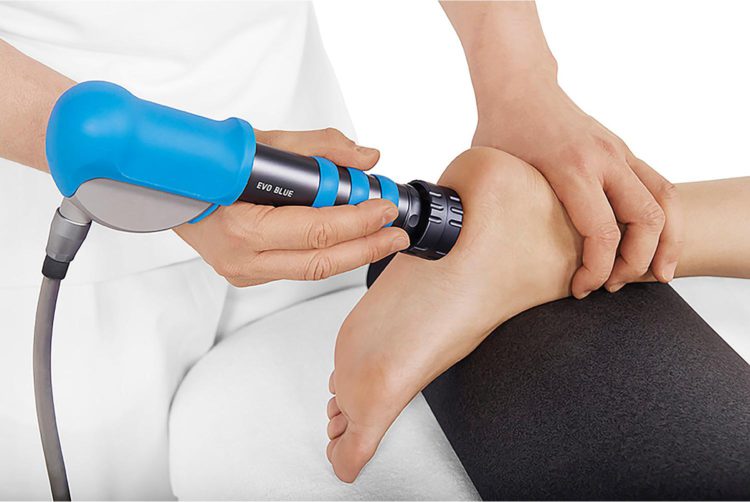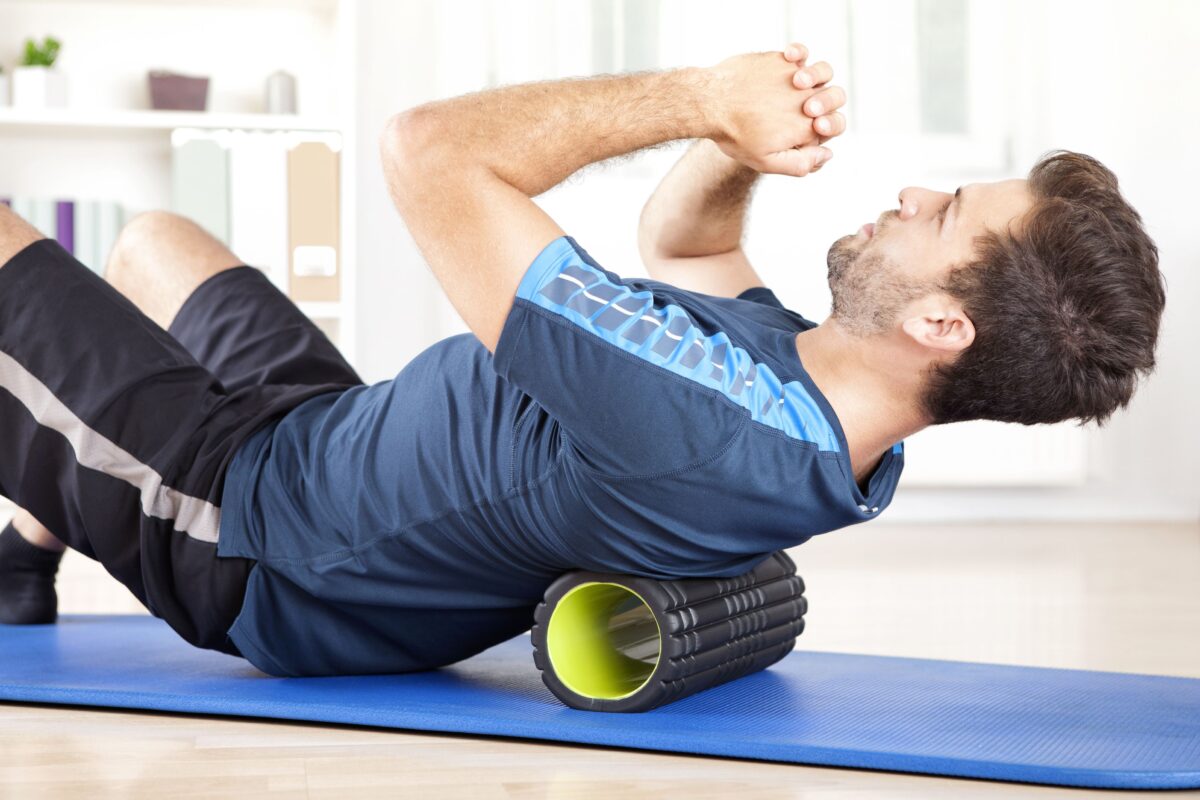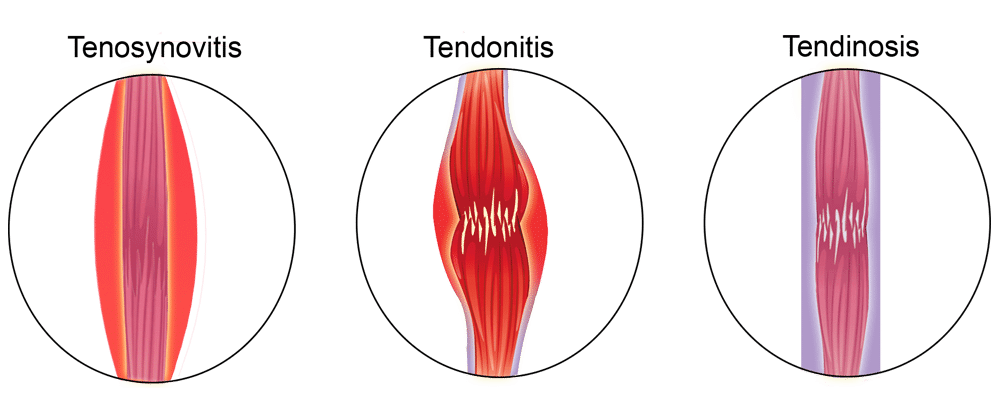Persistent pain like chronic joint or muscle pain restricts you from carrying your day smoothly and often makes you feel lethargic and lousy. Chronic pain requires multiple sessions that can take up to more than 7 weeks to resolve. Not quite intriguing, is it?
However, what might be compelling to you is the new highly popular SHOCKWAVE THERAPY that we acquire here at PhysioExperts in Kanata!
WHAT IS SHOCKWAVE THERAPY?
Shockwave therapy is the most progressive non-surgical technology that helps to heal chronic inflammation, stimulates collagen (which connects and supports tissue), and also breaks up excessive calcium deposits. This therapy has proved to be a great leap of success in multiple disciplines like orthopaedics, physiotherapy, sports medicine, etc.
WHAT IS THE “MECHANISM OF ACTION” INVOLVED IN SHOCKWAVE THERAPY?
Shockwave is an acoustic wave that carries the energy of low to high intensity promoting energy to the painful spot on your body. This energy endorses the healing process of the smallest tissue as well as the repairing process of the bones.
The therapy is initiated in 3 simple steps:
- Location of the area to be treated
This is done so by using palpation to precisely detect the location of the pain.
- Gel application
Applying gel helps to transfer the waves efficiently and smoothly.
- Therapy initiation
Finally, with utter care, the therapeutic motions of the shockwave machine begin under the supervision of an expert.
WHAT IS THE BENEFIT OF THE SHOCKWAVE THERAPY?
There are umpteen benefits of this painless treatment of which some are:
- Helps to stimulate blood flow necessary for the regeneration of new healthy cells and tissues
- Accelerates the repairing and healing process of the scar tissues
- Controls muscle spasms
- Helps consolidate ligament tear and tendon ruptures
- Heals chronic inflammation
- Breaks excessive calcium deposits
- Restoring mobility
- Relive pain and relax muscles
WHAT CONDITIONS DOES SHOCKWAVE THERAPY CURE?
Some common conditions for which shockwave therapy used are:
- Frozen shoulder
- Shoulder tendonitis and calcifications
- Achilles Tendon Pain
- Neck and Back strains
- Shin splints
- Muscle trigger points
- Chronic knee tendinitis
- Shoulder rotator cuff pain
- Hamstring tendinitis
- Plantar fasciitis
- Shin splints
- Hamstring tears
- Chronic neck pain
- Chronic back pain
- Muscle tightness
- Stress fracture
- Tennis elbow
- Jumper’s knee
- Scar tissue
The effectiveness of shockwave therapy is excellent, typically with a success rate of 90% when combined with exercise therapy. Many times, relief is achieved after just 2 or 3 sessions, with an overall success rate of:
- 91% for calcific tendinitis of the shoulder and Achilles tendinopathies
- 90% for plantar fasciitis
- 77% for tennis elbow
WHAT ARE THE SIDE EFFECTS OF SHOCKWAVE THERAPY?
Shockwave therapy shows minimal to no side effects but, you may expect mild bruising, swelling, numbness or tingling sensation in the treated area. However, these are all a result of increased blood flow to the injured spot and the constructive repair of damaged tissues, muscles, ligaments, tendons and bones. This is a pathway to optimal recovery that is appealing to athletes especially.
DID YOU KNOW, a consistent course of shockwave therapy could save you from undergoing surgery?
To know more about Shockwave Therapy Treatment in Ottawa, book an appointment with us at PhysioExperts in Kanata.
For any concerns, Call Us: 613-672-6000 or drop us an email: info@physioexperts.ca
Follow Us Facebook | Twitter |Instagram



